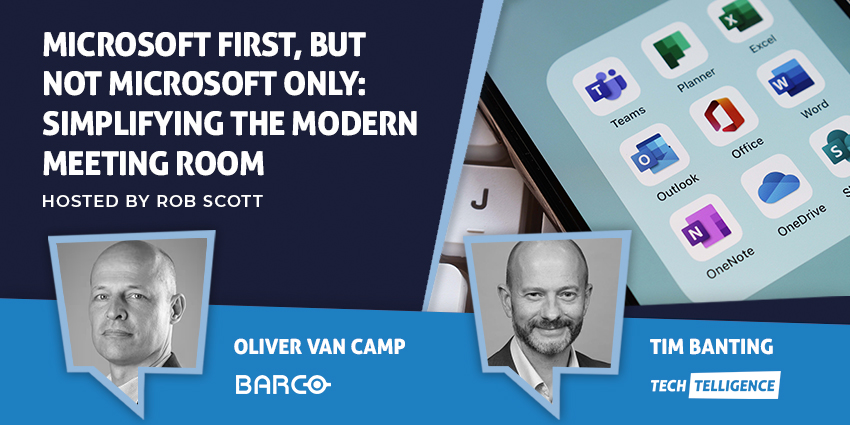Classrooms, hallways, gymnasiums, cafeterias: the spaces in schools, colleges and universities are multiple in number and diverse in design.
Administrative staff, teachers and principals must be able to communicate effectively with the students and staff working in them all, whether in the form of a bell, an alert, or an announcement.
Many educational establishments are now leveraging the power of Zoom for much of their internal and external communications – the digitization of what were once outdated, disconnected and feature-poor phone systems.
The next step? Integrating those vital – yet also outdated – voice paging systems and speakers in ways which bring them into the same modern new communications eco system.
Get that right, and an establishment’s seamless ability to manage all communications of every kind via every endpoint from a single Zoom platform is assured.
The good news is that it need not necessarily be prohibitively costly, and there are various options on offer depending on individual need and budget.
As is always the case, picking the right technology partner is the key to success.
“Many educational establishments made that important move from old on-premise phone systems to an omni-channel, cloud-powered Zoom model but didn’t really think about their voice paging, probably because it felt like a minor part of the whole which they took for granted,” says Ryan Zoehner, Head of Strategy and Commercial Operations at leading IP endpoints provider Algo Communication Products, whose easy-to-install speakers, visual alerters, and intercoms integrate seamlessly with Zoom.
“Also, in many cases, their existing speakers are old and are now failing, and we often hear modern IT teams don’t want to manage the legacy technology. Simultaneously updating and integrating with Zoom is the smart way to go.”
In the case of Algo in particular, all of their IP endpoints are designed to be deployed with Zoom and are already delivering high-quality and effective communication to thousands of education organisations in the US and beyond.
There are two main ways to deploy voice paging in a Zoom environment.
Option one is to leverage its suite of IP paging adapters’ easy and affordable ability to integrate with existing infrastructure; thus streamlining any migration and minimising the cost.
Option two is to future-proof by deploying entirely new IP ecosystems. That might be as simple as installing new IP ceiling speakers to allow voice paging and notification throughout the establishment’s common areas.
Additionally, more powerful communication tools like classroom speakers with integrated LEDs or LCD provide not only voice paging but also have visual notification; signalling messages, emergencies or day-to-day announcements. Algo is also able to provide outdoor communication systems with weather-hardened devices for playgrounds, schoolyards and sports fields.
“Those features can really enhance an educational establishment’s communications and ensure they get the most out of their full Zoom deployment,” says Zoehner.
“Speakers with embedded microphones allow for two-way talk. So now you can have direct hands-free communication between classrooms and other spaces. Algo devices also support incredibly flexible zoning without complicated software or servers, meaning you can have communication between certain specific classrooms and spaces at no extra cost.
“In addition, we have embedded calendaring functionality in our paging adapters which allow the scheduling of automatic bells, pre-recorded announcements or any general notification.”
As well as the clever smarts, there are huge potential efficiencies too.
Multiple educational establishments spread over a large geographical area are often centrally-administered by one local authority but require separate, on-site IT teams. Whereas, cloud-based IT deployed on multiple sites can be controlled from one location by a single team.
“The world has changed,” says Zoehner. “The old tech was entirely premise-based and relied on control management and activity in the relevant building at all points in time. The world has now mandated that we utilise systems virtually; either because IT teams are working from home or because they have been downsized and relocated.”
“We’re now talking about common technology infrastructure which, in the case of Zoom and Algo endpoints, is easy for IT teams to implement and manage but also very easy for the end user. Establishments have a single, comprehensive system that includes their telephony, video conferencing, voice paging, and all their other communication functionality.”
Sounds like top marks all round..!
To learn more about how Algo can help you and your customers leverage the intelligence of IP endpoints in a Zoom environment, click here or visit the Algo stand at Zoomtopia, San Jose, in the Fall.







